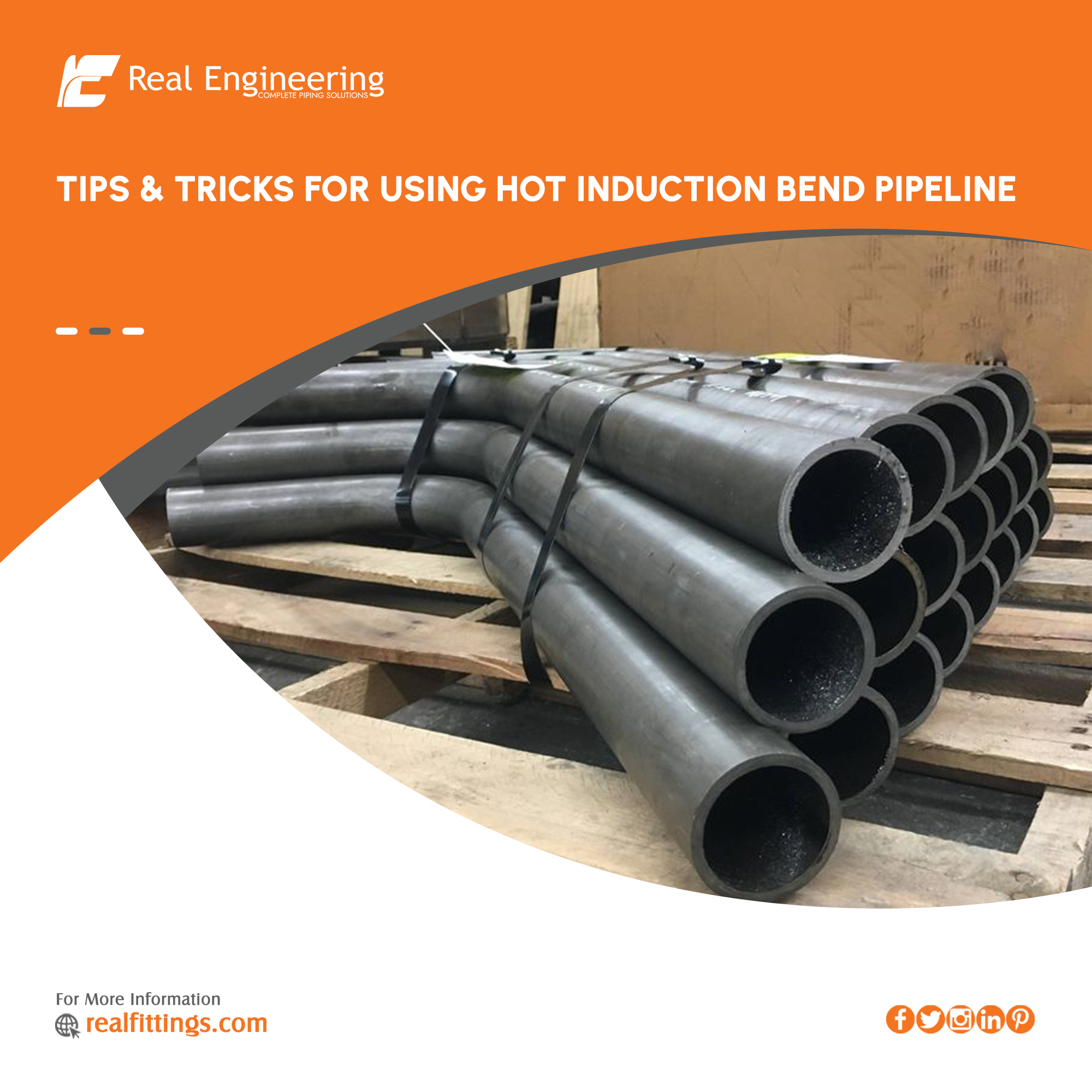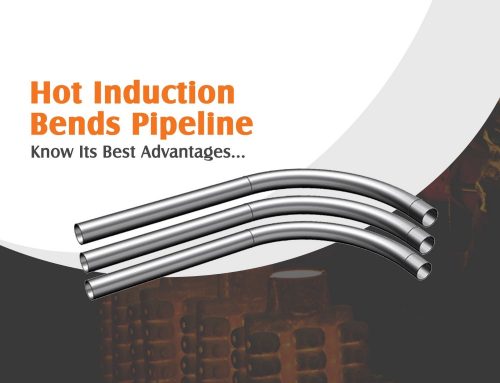Looking for a new technique to innovate your induction bending procedure of pipelines in your industry and diversify your production through it.
Then, you should have probably heard how hot induction bends pipeline and how the hot installation bending procedure rapidly becomes the preferred choice for industrialists because of its cost-saving energy attributes compared to other induction bending activities.
If you are unfamiliar with the term and process of hot induction bending of pipes. Then, let us first see what is it: –
What Is The Hot Induction Bending Procedure For Pipelines?
Hot induction curving is considered an extremely productive pipeline manufacturing process, and it is quick and accurate and offers very few fallacies down the production line. It is a procedure carried out by continuously warming at a particular pipe end to curve it easily without exerting much effort.
Benefits Of Hot Induction Bending Of Pipelines: –
• Quality Automated Properties
The hot induction bending process furnishes elevated automated qualities upon the pipeline compared to the other techniques like cold bending and mixture joining.
• Reduction In Additional Costs
Hot induction bends the pipeline and brings down the substance’s fusing, NDT, and other types of risks.
• Swift Production Process
Considered the most energy-efficient, quicker, effective, and accurate process than other induction-based bending procedures.
After knowing the hot bending procedure and the advantages, it offers upon implementation into your induction bending approach in your pipeline manufacturing process.
Then, let us look at the tips and tricks of implementing the induction-based hot bending technique for pipelines: –
• Controlling The Capability Of Bending
Industrialists should avoid induction bending capability charts as they do not interpret the perfect level of the substance properties, the proportions needed, and the extent of the bend.
So, using a machine configured explicitly for this process control would be the best choice to manufacture bends on the pipeline of high quality.
• Effective Post-Bending Heat Treatments
Post bend heat treatments should carefully observe the bending procedure, plus the pipeline’s normalizing, annealing, tempering, and quenching.
Post-bending heat treatment may result in a hardness limit exceeding the outside substance possessions if not carried out correctly. It may not be allowed to achieve the yield and tensile strength required of the bending procedure.
• Cooling Procedure
Cooling the hot induction bent pipe part is critical as it helps achieve the high strength required for pipeline bends.
The procedure includes applying the same water-cooling pressure and temperature onto the identical coils used for manufacturing the pipeline bend.
• Appropriate Temperature Requirement
Controlling the bending temperature will significantly impact the final properties achieved after bending.
Optical pyrometers are considered the eye of the induction bending process for accurately recording the temperature of the whole procedure.
To Sum It Up
From the above article, hopefully, you are familiar with how hot induction bends pipelines and how to implement the method to benefit your pipeline manufacturing.
Also Read: Buttweld Reducers And Their Applications



